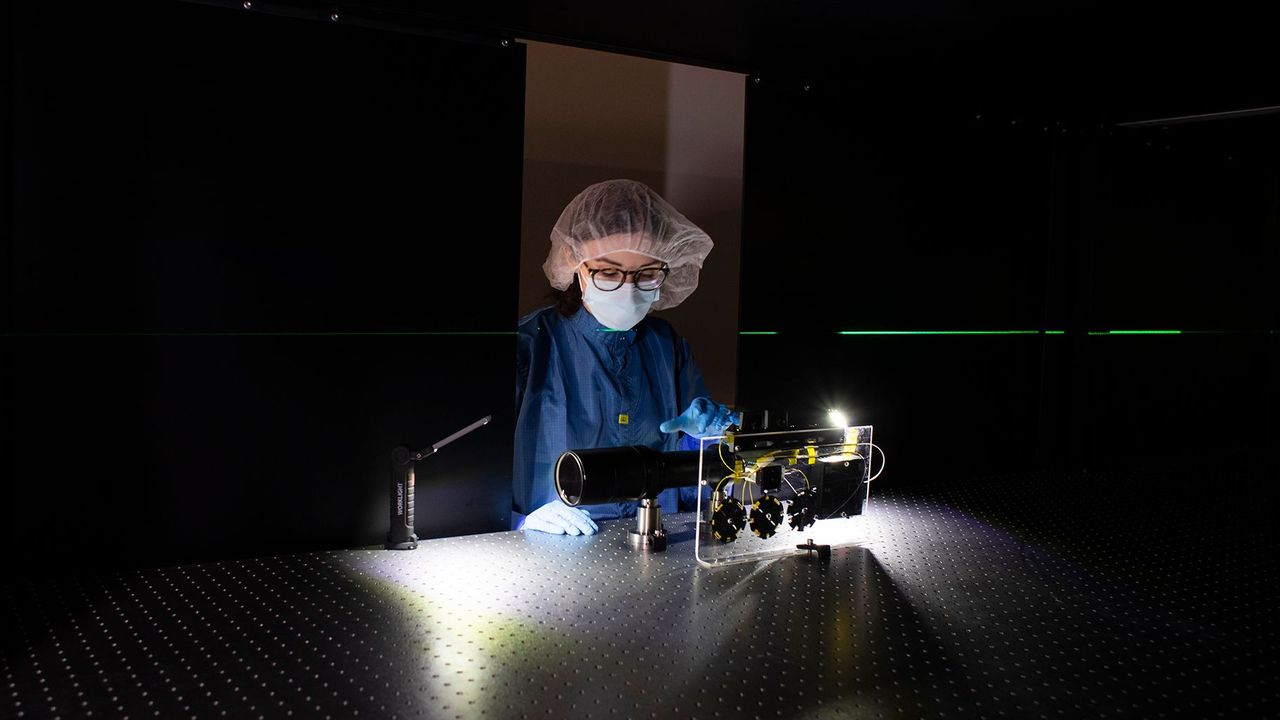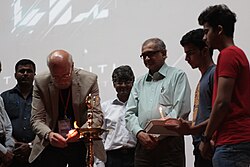Blog Credit: Trupti Thakur
Image Courtesy: Google
World’s Most Powerful Laser Light Emission
World’s Most Powerful Laser Developed in Romania A research centre in Romania, part of the European Union’s Infrastructure Extreme Light Infrastructure (ELI) project, has developed the world’s most powerful laser. The laser, operated by the French company Thales Group, utilizes Nobel Prize-winning inventions and promises revolutionary advancements in various fields, including healthcare and space exploration. The laser is housed at a research center near the Romanian capital, Bucharest.
The laser technology, known as the chirped pulse amplification (CPA) technique, used in the Romanian facility is based on the inventions of Gérard Mourou from France and Donna Strickland from Canada. They were awarded the Nobel Prize in Physics in 2018 for their groundbreaking work in harnessing the power of lasers for advanced precision instruments.
Scientists in Romania successfully created the world’s most powerful laser light emission – one-tenth of the power emanating from the Sun that is received on Earth. A report in Le Monde said there was no blast or any other sound in the room where it room place, just a gray spot on the black screen installed there. The laser had an output of 10 petawatts, or in other words, 10 quadrillion (million billion) watts. Scientists hope this laser will lead to revolutionary advances in every sector where the laser is used – from health to space.
The laser, installed at a center near the Romanian capital Bucharest, is operated by the French company Thales. It is located near a nuclear research facility that had long housed a Soviet reactor, as per the outlet.
It was born in the 2000s out of the European Union’s Infrastructure ELI project.
The reason why there was no sound or other effects, like shaking of the building, was that the laser’s peak was for extremely short period: Around 25 femtoseconds (or 25 millionths of a billionth of a second) and across a width of just three micrometres.
Possible applications include treating nuclear waste by reducing the duration of its radioactivity, or cleaning up the debris accumulating out in space, France’s Gerard Mourou, who won the 2018 Nobel Physics Prize, said about the invention.
Blog By: Trupti Thakur

10
AprRomania’s Laser Light Emission
Apr 10, 2024Recent Blog
The TechKritiApr 26, 2025
India’s First Quantum Computing VillageApr 24, 2025
India’s Achievement In QKDApr 22, 2025
The V2G TechnologyApr 21, 2025
Country’s Specific Domain By GoogleApr 19, 2025




